How to reshape the French bistro experience in Poblacion
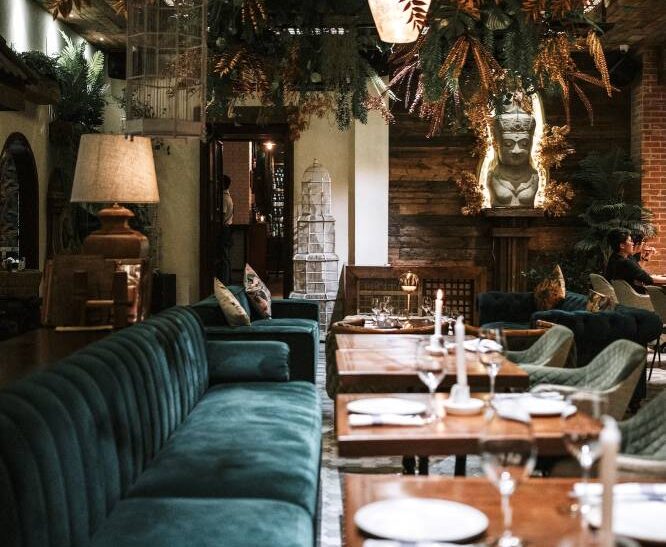
Perception can be a funny thing. If you’re not familiar with Dr. Wine, it’s safe to say that the French bistro and wine bar has earned a reputation as a place for booze-filled nights atop its beautiful rooftop with city views. But while its success as one of Poblacion’s most popular watering holes is never in doubt, its menu yields some equally delicious French narratives—enough for anyone to look beyond its cinematic “le jardin” space and extensive wine list (over 400 of them, actually).
As Simon Côté, managing partner of the Dr. Wine group, puts it, “Dr. Wine is stylish but always homey, authentic, and warm. You cross the door and it feels like stepping into Paris, yet it remains grounded in the community of Manila.”
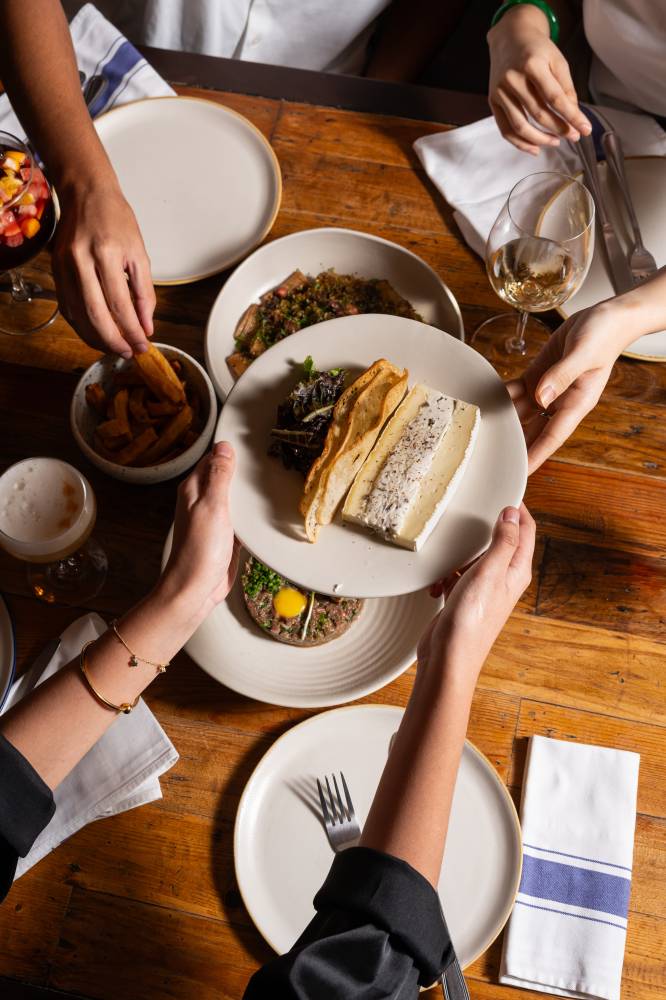
The hearty pleasures of French cuisine
If we were to sum up Dr. Wine’s menu, which undergoes regular retrofitting since opening in 2017, in a single statement, it is this: a rumination on modern French bistro cuisine that appeals to diverse customer needs and wants.
“I want people to be surprised,” says Dr. Wine co-founder Vincent Landais about their food program. “They come in thinking it’s just a wine bar, and then the food is excellent. The atmosphere is warm. The service is real.”
In its Poblacion branch, in particular, the menu gets a mild yet significant update, largely because of executive chef Romain Escande’s heartfelt and personal takes. Hailing from Toulouse in southwest France, it isn’t long before you realize Escande’s way of introducing the hearty pleasures of French cuisine.
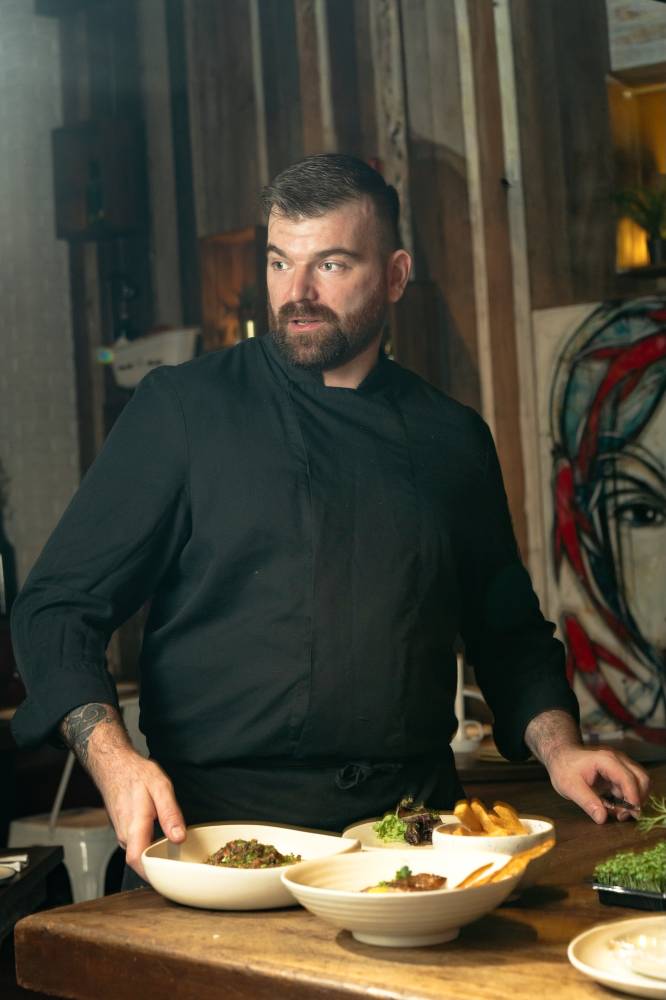
“When we change menus, usually we change between 20 to 30 percent because, of course, we have some bestsellers that our clients love,” he says. “So we see what’s working and what’s not working, and then from there, I always try to think about what I would like to eat first.”
It’s a move that is as authentic in its sense of place as it can get, but Escande ensures that the dishes remain accessible regardless of who the customer is. Like the interiors, most of the new dishes—a total of nine—sneak up on you.
Where food and hospitality come together
A raclette platter described as “ideal for unhurried days” hints at Escande’s focus on simplicity and high-quality ingredients. The rectangular pissaladière niçoise is a starter highlight that comes in a flaky butter puff pastry dough, similar to a tart or a pizza, except it’s layered with caramelized onions and topped with Kalamata olives and Calabrian anchovies for a sweet and salty flavor that sticks.
One of the newest main courses, a bowl of Chilean mussels served with French fries, is pretty straightforward, including its presentation, but its wonderful backstory makes it a more scrumptious must-have for shellfish enthusiasts and anyone who likes creamy blue cheese sauces.
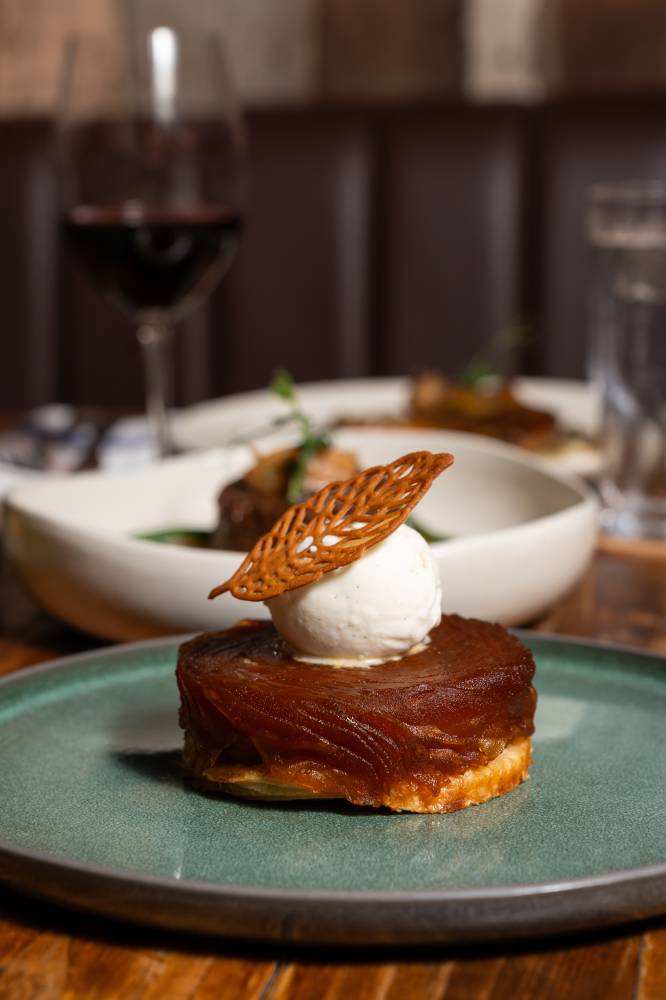
“We did an event here with the Belgium Chamber of Commerce, and then I made that recipe, and it was the bestseller,” Escande says. “People really loved it. We were like, ‘Okay, let’s change it.’ Because when you have that many people tell you how that recipe is really good, we decided to switch it.”
Elsewhere, Escande also impresses with the decadent, slow-braised beef cheek lasagna, practically soaked in generous amounts of Parmigiano Reggiano bechamel. Deep flavors also rule in his veal filet mignon, as Escande supplements the refined milk-fed Dutch veal tenderloin with cauliflower mousseline, just, and grilled hazelnut for a little more luxurious mouthfeel.
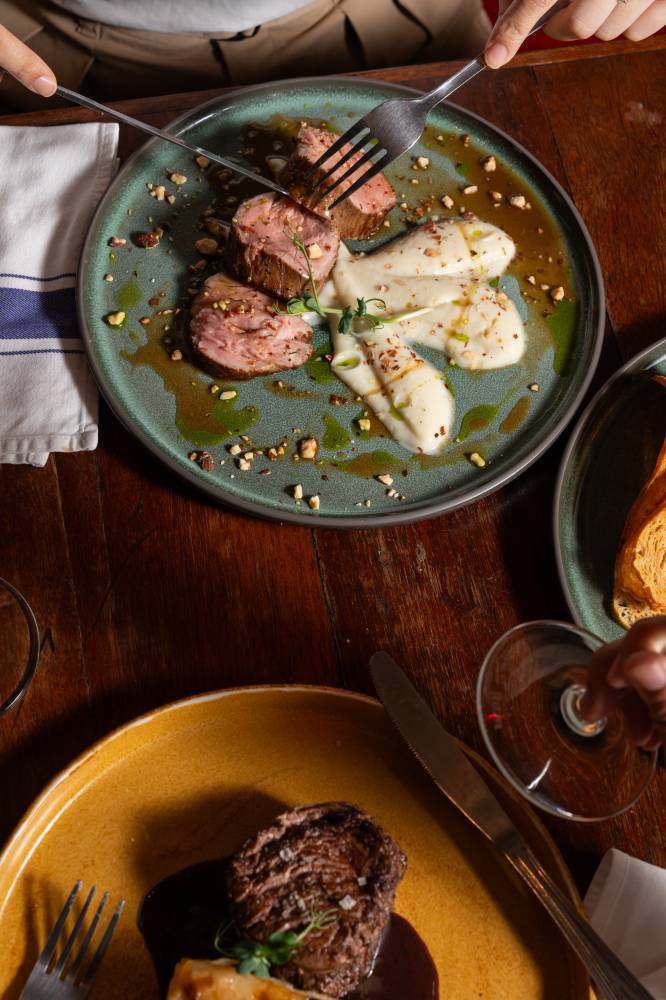
Adding another fish dish to complement Dr. Wine’s pavé de saumon (Tasmanian salmon filet) is a smart move on Escande’s part, as it targets and engages with audiences keen on more seafood options. Inspired by sole meunière, the red snapper meunière references everything that makes the French classic a crowd favorite, but without the posh price.
“I didn’t want to use sole, because if I wanted to sell sole on the menu, it would be like P5,000, P6,000. It’d be difficult to explain to people why it costs that much for a fish,” he explains. “So, I was like, ‘Okay, what white fish can I use that’s a bit firm but not chewy?’ That’s why we came up with a snapper, and I cooked it exactly the same way.”
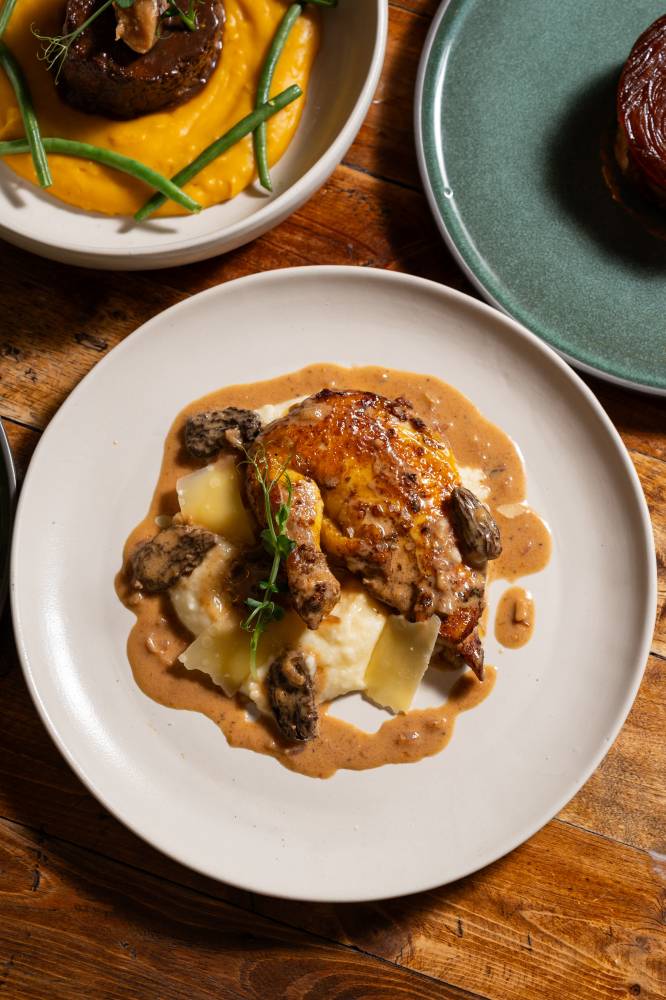
This ideation alone proves that the red snapper—buttery with acidity from the lemon, rich but delicate, and an entrancing crisp—as well as Escande’s overall approach in overcoming constraints, presents opportunities for innovation. Even if it simply means switching sauces and ingredients for market accessibility.
A chef’s job, after all, in updating the menu isn’t simply to increase profitability or express creativity, it’s also about making the restaurant, especially a legacy brand like Dr. Wine, desirable for both old and new customers.
“We are bringing the focus back to food and hospitality,” shares Thomas Gassier, former food and beverage manager at the Raffles Manila, now managing partner at Dr. Wine BGC. “Yes, Dr. Wine does have energy after hours. But at our core, we are a bistro and a wine bar. That is what we want people to enjoy and remember.”

















